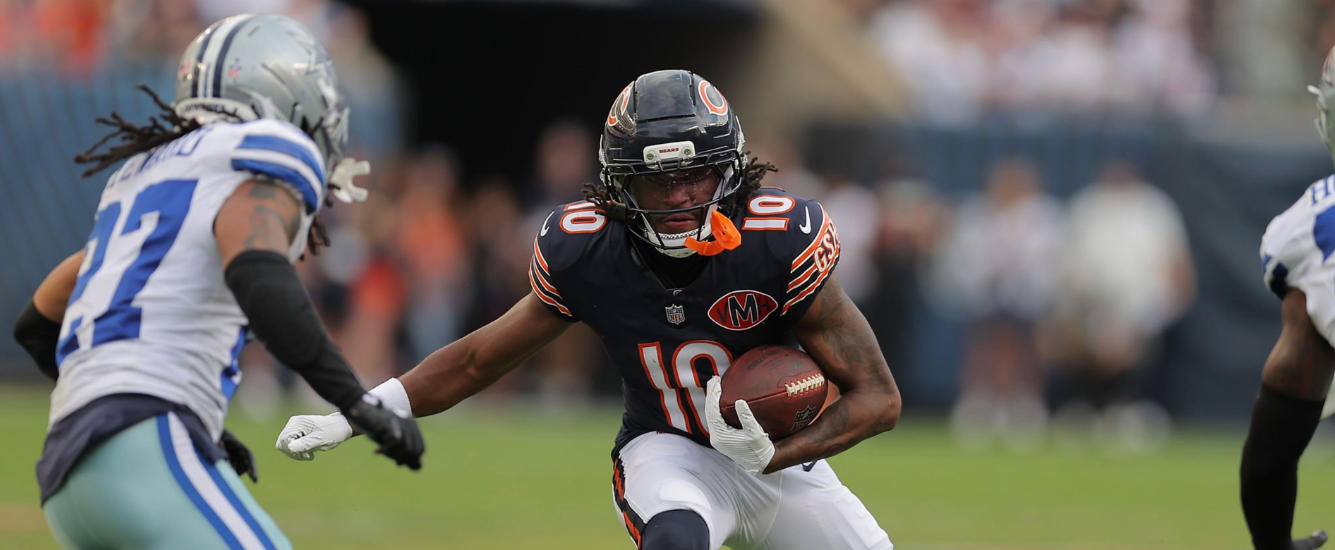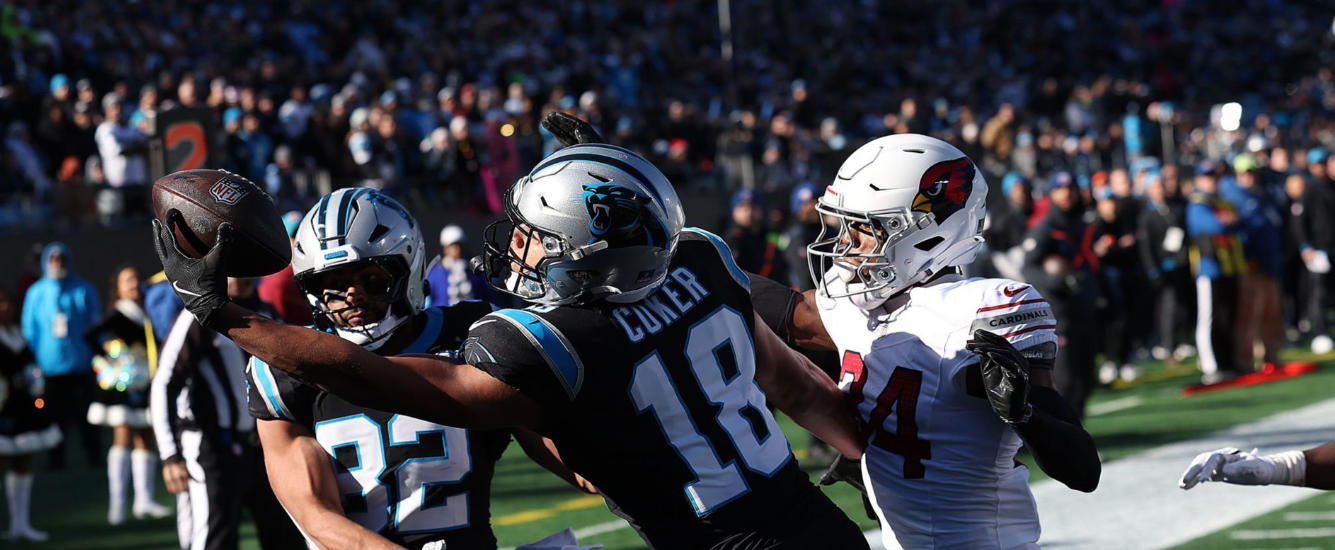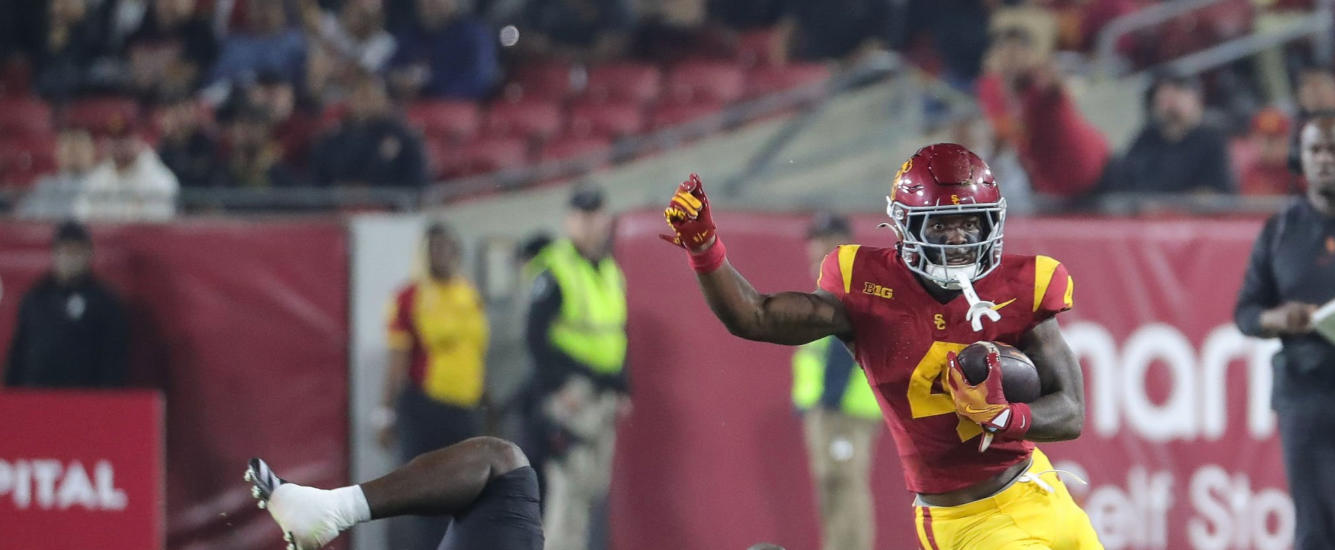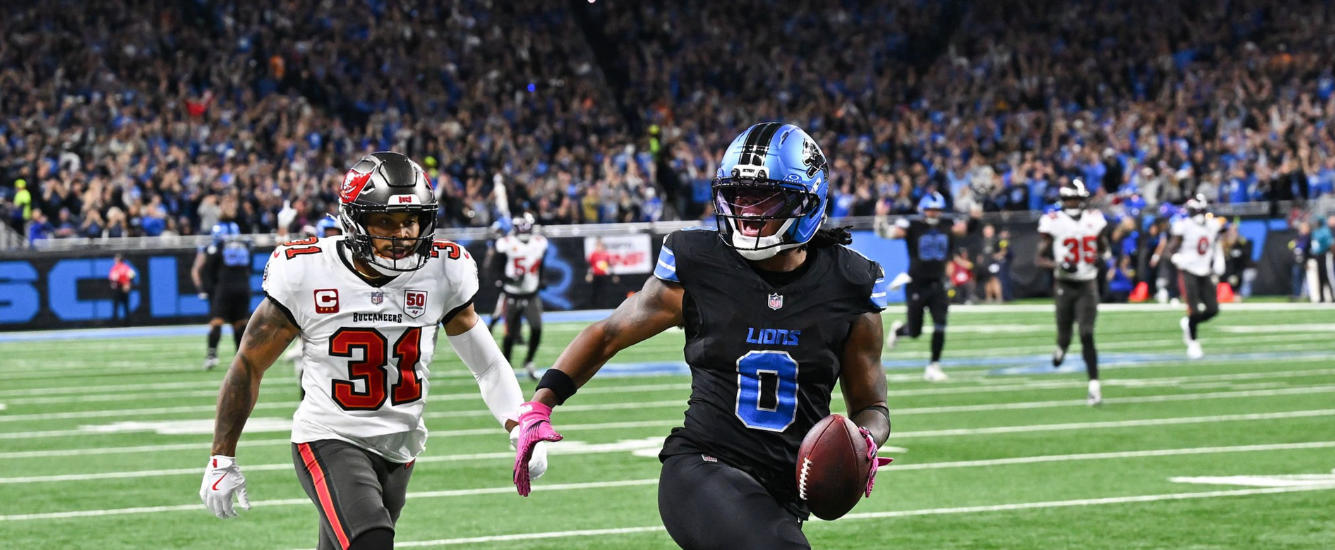Jesse Cohen takes a deep dive into the trends surrounding catchable target rate to uncover “masked profiles” — players who underperformed but may be poised for a future breakout.
Some of the statistical analysis in this article was conducted with the assistance of artificial intelligence (using a custom-built Data Analysis & Report model from the GPT “app store” and GPT 03-mini-high to validate). Far from a turnkey solution, the statistical methodology and results were developed and validated across many hours of work. When carefully leveraged in this way, AI can be a powerful tool to help test fantasy hunches.
Introduction
The dynasty market has changed a lot since we started playing. In a good league even the worst manager knows about variance and regression, and the stats toolbox is full. We have YPRR, TPRR and 1DRR, etc.; the ever-helpful efficiency staple FPOE; and through services like the RotoViz Advanced Stats Explorer, better access to ‘real-life’ stats like IAY Conv % and Catchable Target %.
The toolbox is so full that many players (and analysts) get lost in the smoke. Still, looking at advanced stats is a helpful way to refine mental buckets for the season. Good players are good, and most often show it with metrics that cut through the noise of traditional counting stats.
This approach de-emphasizes “bad stat” players (i.e. advanced stat underperformers), which makes sense; bad players are bad. But this cohort also contains many of the biggest rebounds and breakouts year over year. So they get a second look. We fill in the context, consider changes in personnel and scheme.
Before applying those contextual factors: is there a data-driven way, leveraging the expanded toolbox, to flag a sub-cohort of “bad stat” players who might be meaningfully more likely to turn into impactful fantasy values in the N+1 year? Not to create a new fancy stat, but to sharpen decision-making in the buy–low bin before we return to the ‘good’ players.
My hypothesis: a low Catchable Target % (CT%) in year N, especially when combined with other suppressed traits like low YPRR or low YAC/Rec, could help surface players whose talent or opportunity might have been masked by quarterback play, scheme, pressure rate, or simply bad luck on the relatively small sample that is an NFL season.
The results? Surprisingly encouraging. The “Masked Profiles” cohort generated from the dataset captures


















